A Crucial Step In The Evolution Of Modern Animal Agriculture Was The Development Of Mechanical Ventilation Methods For Animal Housing. Air Inlets Are Pivotal To Good Ventilation. In 1948 William F. Millier, Working At Cornell University Under The Direction Of Professor Clesson Turner, Tested And Published The Concept Of The Slotted Inlet. Professor Turner And Others At Cornell University Subsequently Continued To Develop Slotted Inlet Systems And Systematize Design Methods.
1988
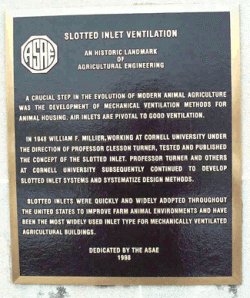

William J. Conroy Of Aylmer, Quebec, Received Patent No. 465,127 On The First Field Hay Chopper On 15 December, 1891. Its Sickle Cut The Crop, Which Was Elevated Directly Into A Cylindrical Curved-Bar Cutterhead. It Was Not Commercially Successful, But It Recognized The Need.
Professor Floyd Waldo Duffee, Agricultural Engineering Department, University Of Wisconsin, Built And Field Tested A Silo Filler With An Attached Hay Loader In 1926. He Presented The Specifications Of A Complete Unified Harvester To The National Asabe Meeting In 1927.
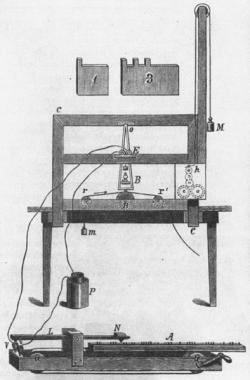
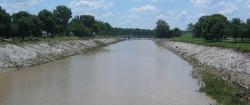
In 1915, a tropical storm dropped nearly 11 inches of rain on St. Louis in just 17 hours, causing a devastating flood. Claiming 11 lives and the homes of 1,025 families, the flood focused public and government attention onto the problems of the river.

The design of the Sydney Harbour Bridge closely resembles the Hell Gate Bridge over the East River in New York City, conceived in 1916 by noted engineer Gustav Lindenthal and his chief assistant, O.H. Ammann.
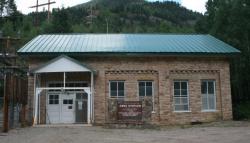
"Electricity produced here in the spring of 1891 was transmitted 2.6 miles over rugged and at times inaccessible terrain to provide power for operating the motor-driven mill at the Gold King Mine. This pioneering demonstration of the practical value of transmitting electrical power was a significant precedent in the United States for much larger plants at Niagara Falls (in 1895) and elsewhere. Electricity at Ames was generated at 3000 volts, 133 Hertz, single-phase AC, by a 100-hp Westinghouse alternator."
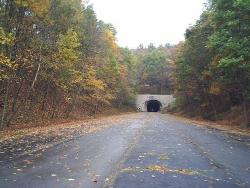
Breezewood Harrisburg State: PA Zip: Country: USA Website: http://www.asce.org/project/pennsylvania-tunpike-(old-section)/ Creator: Pennsylvania Turnpike Commission
The Pennsylvania Turnpike was the first American paved highway of the automobile era in which tolls alone were expected to pay all project costs. The 160-mile roadway, which cut an east-west path from Pittsburgh to the state capital of Harrisburg, was considered a revolutionary example of transportation system design and served as a model for the Interstate Highway System.
Inventions credited to the Ecole Nationale des Ponts et Chaussees and its graduates include: prestressed concrete, lighting gas, and the optical lens. The school and its graduates also have been central to research in the diffraction of light, the applications of concrete, and the measurement of the strength of materials.
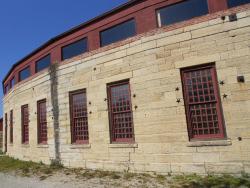
The Chicago, Burlington, & Quincy Railroad was the first railroad to link Chicago and the Mississippi River, in the 1850s. This forty-stall roundhouse, large even for its time, became a major center for railroad activity for the CB&Q. It served as a repair and construction facility from which more locomotives and cars than any other CB&Q installation were built. Steam engines, passenger cars, freight cars, precision parts, tools, and machines were designed and built, beginning about 1858.

During the post-Civil War era, efforts to cultivate the land for higher crop yields resulted in the digging of thousands of miles of ditches to improve land drainage. Accurately graded ditches were needed for open drainage, pipeline trenches and placement of underground agricultural drainage tile. Teams of skilled workers laid out the direction and gradient of a ditch and dug it out with pick and shovel. The Black Swamp area, where Lake Erie drains into northwest Ohio and southeast Michigan, was the center of much of the U.S. ditching activity.
Innovations
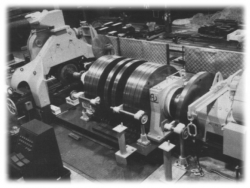
This inertia dynamometer is used to test railroad wheels under controlled conditions that can greatly exceed normal service. It is the first and only…
Read More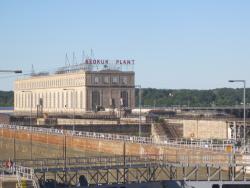
Spearheaded by Hugh Cooper, the Keokuk Dam & Power Plant served as a prototype for many future power plants. The project harnessed the hydropower of the Mississippi River, between Keokuk, Iowa and Hamilton, Illinois.
The crest of the dam is nearly a mile long. The dam structure…
Read More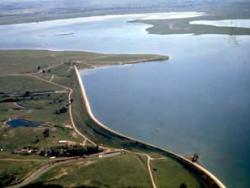
Belle Fourche, meaning "Beautiful Forks" in French, refers to the confluence of the Redwater and Belle Fourche Rivers. The gold rush to the Black Hills in 1876 brought many people to the area, but agriculture and livestock soon became the principal industries. Farmers and civic leaders…
Read More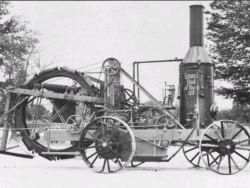
During the post-Civil War era, efforts to cultivate the land for higher crop yields resulted in the digging of thousands of miles of ditches to improve land drainage. Accurately graded ditches were needed for open drainage, pipeline trenches and placement of underground agricultural drainage…
Read More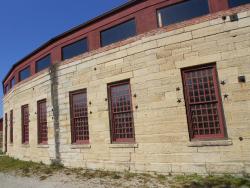
The Chicago, Burlington, & Quincy Railroad was the first railroad to link Chicago and the Mississippi River, in the 1850s. This forty-stall roundhouse, large even for its time, became a major center for railroad activity for the CB&Q. It served as a repair and construction facility from…
Read MoreInventions credited to the Ecole Nationale des Ponts et Chaussees and its graduates include: prestressed concrete, lighting gas, and the optical lens. The school and its graduates also have been central to research in the diffraction of light, the applications of concrete, and the…
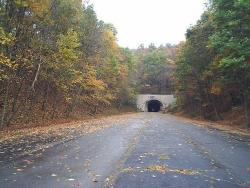
The Pennsylvania Turnpike was the first American paved highway of the automobile era in which tolls alone were expected to pay all project costs. The 160-mile roadway, which cut an east-west path from Pittsburgh to the state capital of Harrisburg, was considered a revolutionary example of…
Read More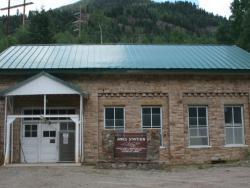
Read More"Electricity produced here in the spring of 1891 was transmitted 2.6 miles over rugged and at times inaccessible terrain to provide power for operating the motor-driven mill at the Gold King Mine. This pioneering demonstration of the practical value of transmitting electrical power…

The design of the Sydney Harbour Bridge closely resembles the Hell Gate Bridge over the East River in New York City, conceived in 1916 by noted engineer Gustav Lindenthal and his chief assistant, O.H. Ammann.
The Sydney Harbour Bridge, with a span of 1,650 feet, is not only the longest…
Read More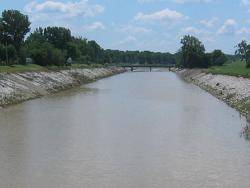
In 1915, a tropical storm dropped nearly 11 inches of rain on St. Louis in just 17 hours, causing a devastating flood. Claiming 11 lives and the homes of 1,025 families, the flood focused public and government attention onto the problems of the river.
In the early 1900s, St. Louis…
Read More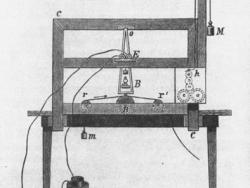
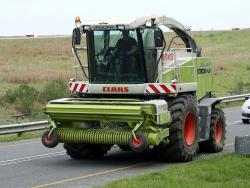
William J. Conroy Of Aylmer, Quebec, Received Patent No. 465,127 On The First Field Hay Chopper On 15 December, 1891. Its Sickle Cut The Crop, Which Was Elevated Directly Into A Cylindrical Curved-Bar Cutterhead. It Was Not Commercially Successful, But It Recognized The Need.
… Read More
A Crucial Step In The Evolution Of Modern Animal Agriculture Was The Development Of Mechanical Ventilation Methods For Animal Housing. Air Inlets Are Pivotal To Good Ventilation. In 1948 William F. Millier, Working At Cornell University Under The Direction Of Professor Clesson Turner,…
Read More

